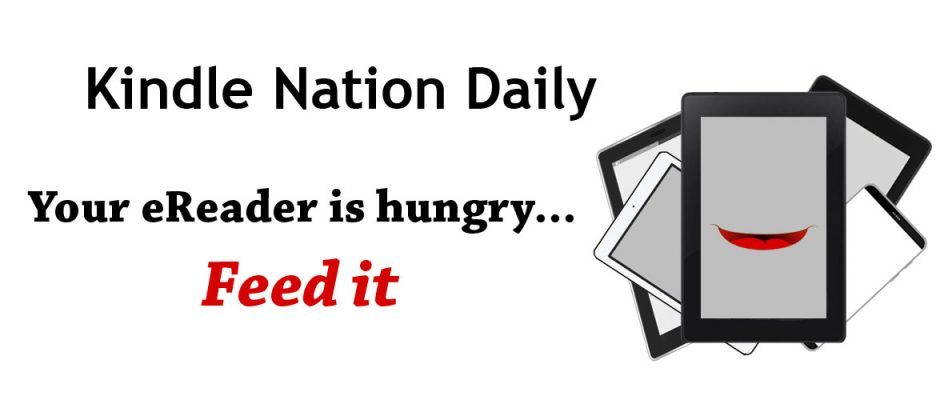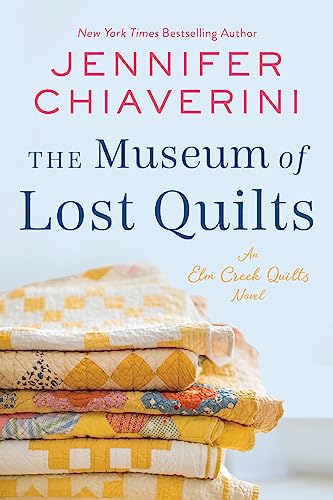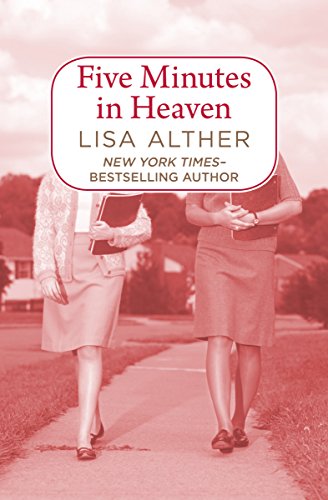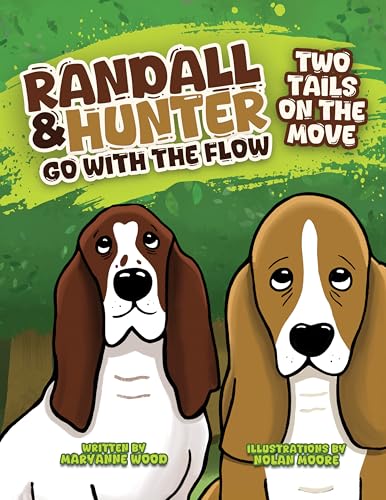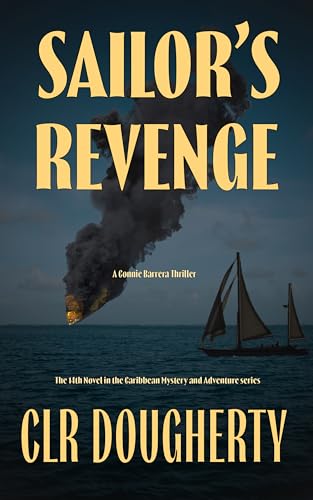Originally posted January 30, 2010 at Kindle Nation Daily – © Kindle Nation Daily 2010
J.D. Salinger died on Wednesday, Jan. 27, leaving behind a reclusive reputation, a milestone novel of the mid-20th Century, a thin volume of nine short stories, two compilations that scream and shimmer with potential, and no presence whatsoever in epublishing. His Author’s Page on Amazon displays the full canon of those of his works that were published in book form.
For now, the closest we can come to digital-age reading of Salinger’s fiction is — if we happen to be subscribers in the traditional sense to The New Yorker — to read his stories as, with the truncated screen shot at the beginning of this post, they first appeared in the magazine in the two decades following World War II.
The Catcher in the Rye, published in 1951, has long been a staple of college and, later, high school literature courses. The scandalous teen angst of main character Holden Caulfield electrified generations of teen readers adrift in a world of grown ups who did not understand them.
Holden, burdened with the massive freight of early teen testosterone in a 1950s world of tease-and-denial, struggled to understand the rules of adulthood that suddenly confronted him. The book, banned by the Catholic Legion of Decency and countless other guardians of American morality, enjoyed huge success and sales. Millions of young men read Holden’s struggle while hidden beneath the covers, flashlights illuminating the text, in the 1950s and early 1960s.
When those young men took over teaching duties as graduate assistants in college, Holden reared his confused adolescent head in lit classes and ascended to literary respectability.
Sad to say, as of Jan. 30, 2010, he hasn’t crossed the electronic border into the world of ebooks. Kindle Nation citizens should be aware that the Kindle titles with “Catcher in the Rye” in their titles that have been rocketing up the Kindle Store sales ranking ladder in the past few days are books about Salinger’s novel rather than the thing itself. The only downloadable works on Amazon relating to Catcher in the Rye are derivative works: study guides, Cliffs Notes, and commentaries. For the moment, fresh copies of The Catcher in the Rye fetch prices of $5 to $7 as dead-tree books. Cliffs Notes on the novel run $5.99 on paper.
Plaintively, the little notice “Tell the Publisher! I’d like to read this book on Kindle” sits forlornly on not only the original works but the study guides as well.
Death propels artists to fame and, for their estates, prosperity, as witnessed by the massive earnings last year of Elvis, John Lennon, George Harrison, and others beyond this veil of tears. If Catcher in the Rye fails to appear as an ebook in the next few days, it will be a mystery of cosmic proportions.
May Mr. Salinger rest in peace and the wisdom of his iconic novel arise again electronically.
